The recovery attempt in the US stock markets failed overnight. DOW lost another -545.91 pts or -2.13% to close at 25052.83. S&P 500 dropped -57.31 pts or -2.06% to 2728.37. NASDAQ fell -92.99 pts or -1.25% to 7329.06.
DOW move further away from 55 day EMA affirms the case that it’s in medium term correction. That is, fall from 26951.81 is corrective the up trend from 15450.56, in a less bearish case. Eventually, it might decline to 38.2% retracement of 15450.56 to 26951.81 at 22558.33 before forming a real bottoming. Nonetheless, the next line of defense come is between 23997.21 structural support and 55 week EMA (now at 24512.04). Some interim support could be seen there. But looks like there’s some more downside for the near term.
However, S&P 500 is already in proximity to equivalent support zone. That is, 2691.99 structure support and 55 week EMA (now at 2713.94).
NASDAQ is well above equivalent structure support at 6926.97. But it’s already pressing 55 week EMA (now at 7306.12).
So, the conditions are starting to be in place for an interim rebound, before weekly close or next week. (Well admittedly, it actually sounds rather trivial after the steep losses this week, stocks are ready for short covering recovery.)




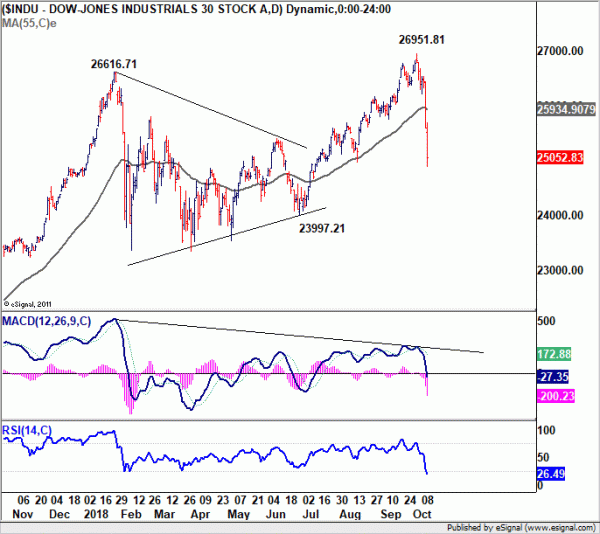
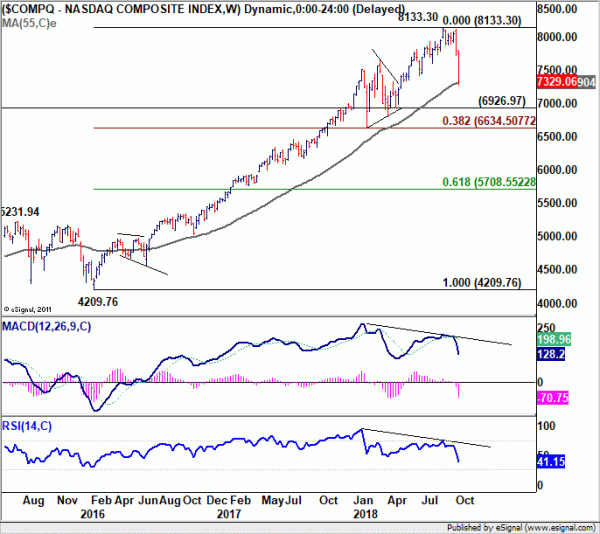
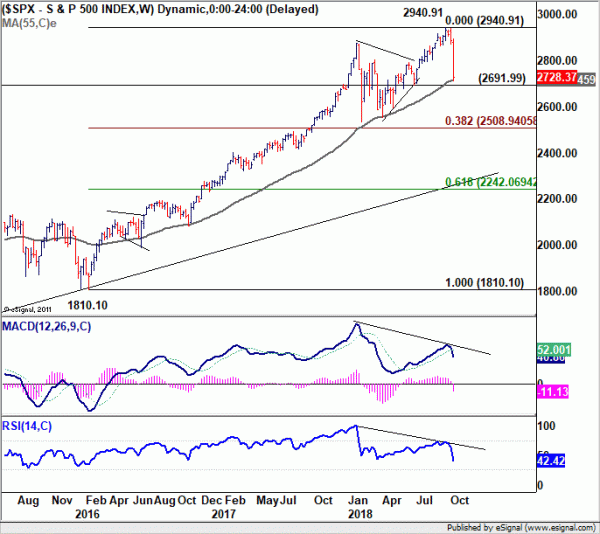
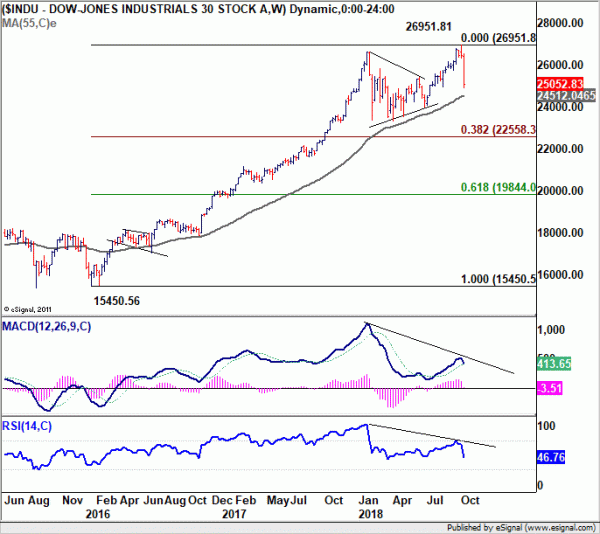
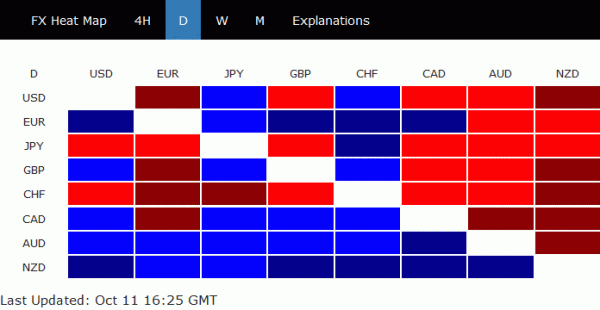
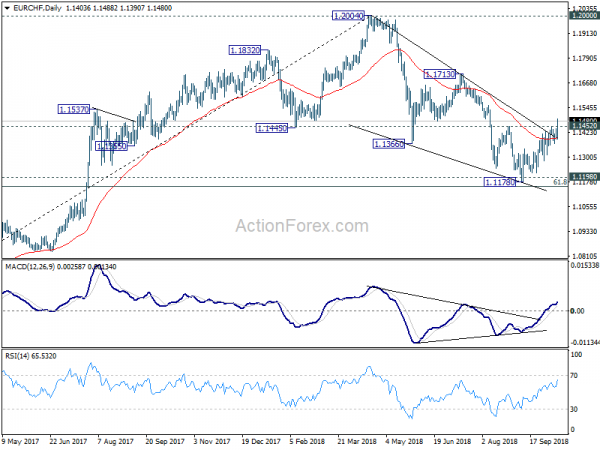
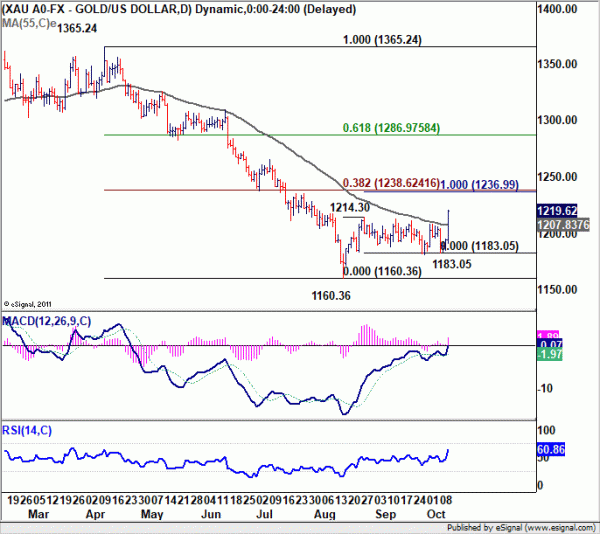
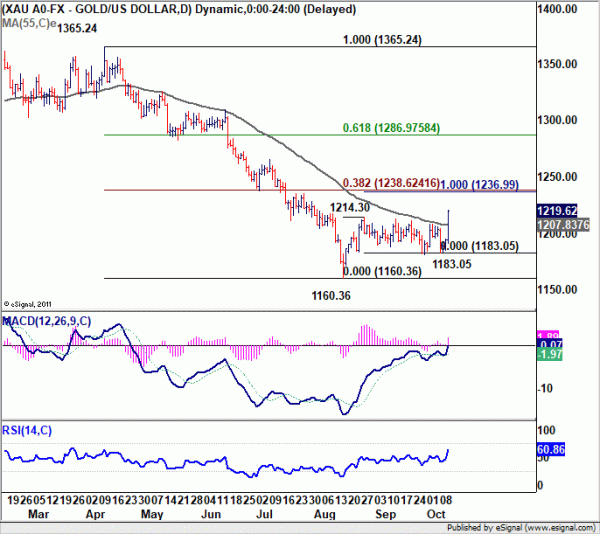
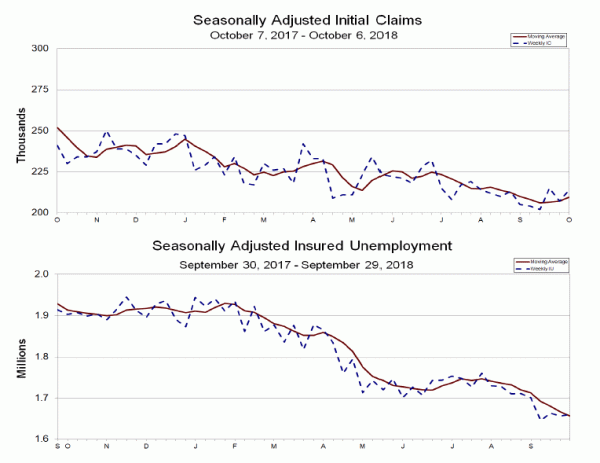
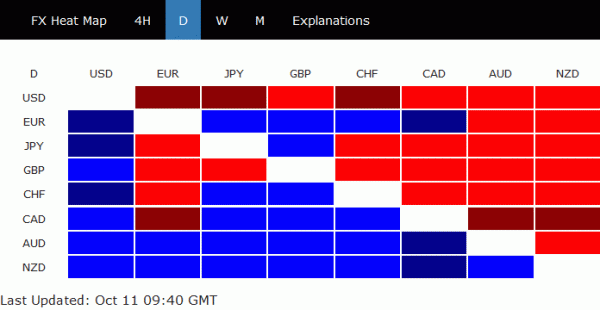
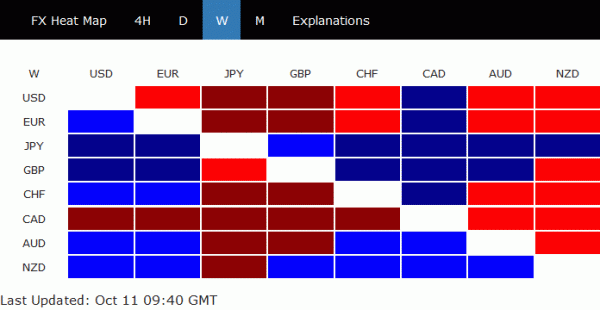
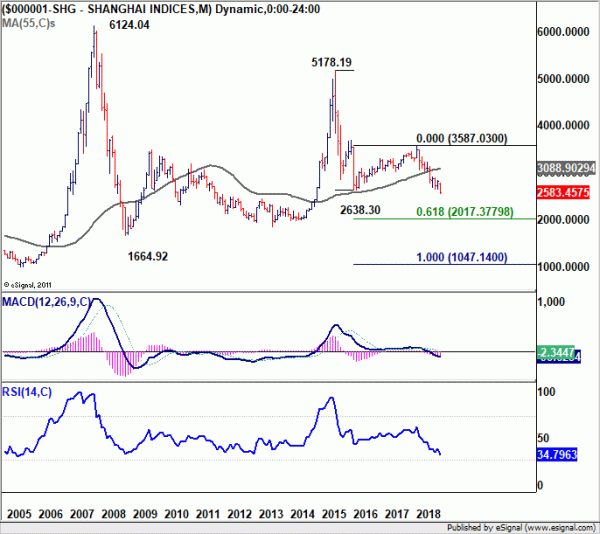
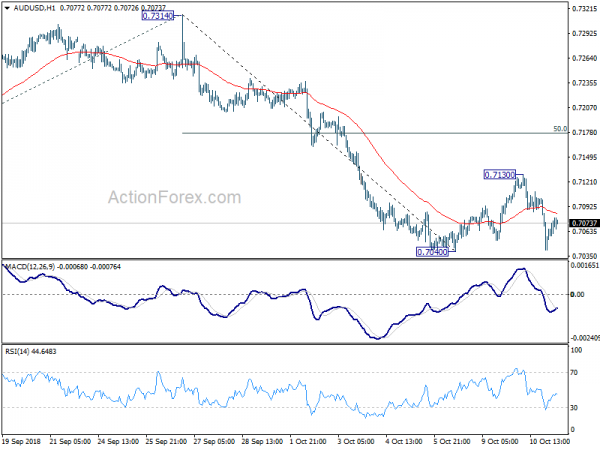
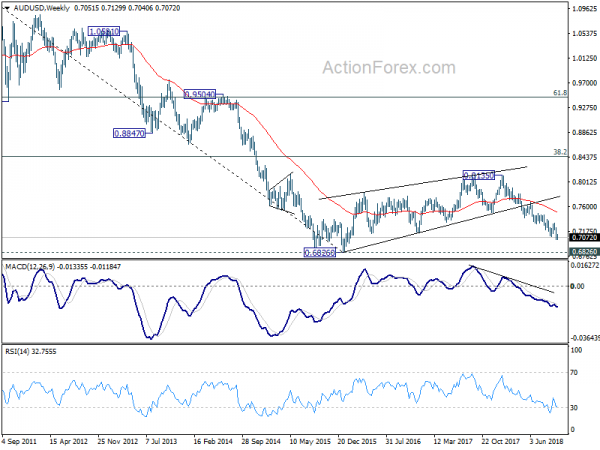
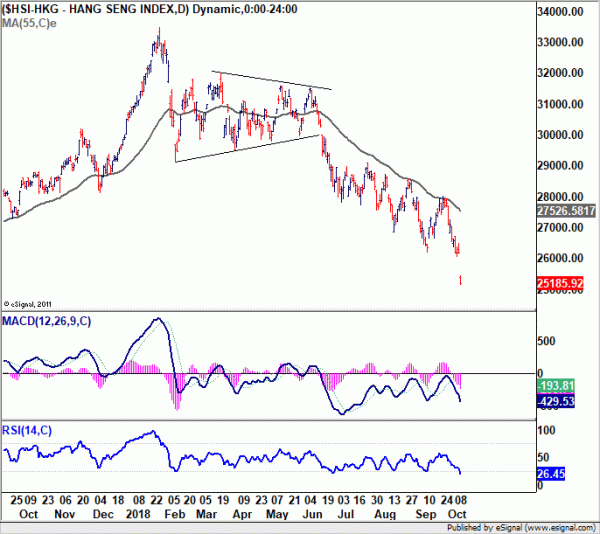
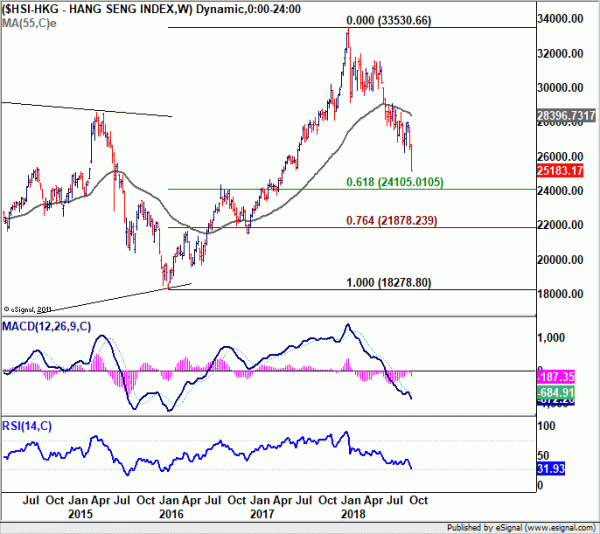
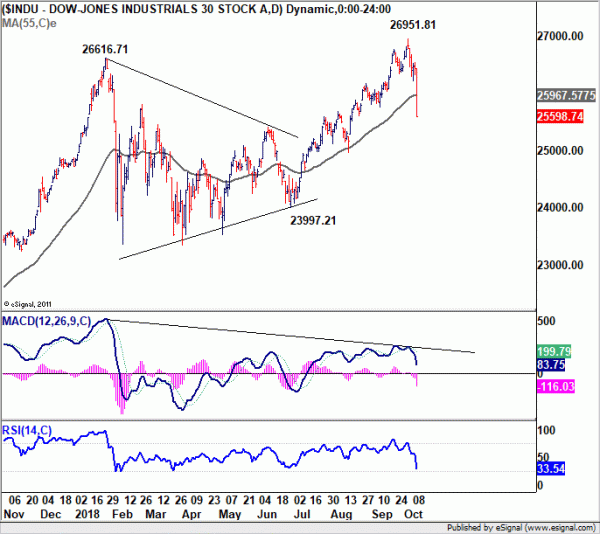
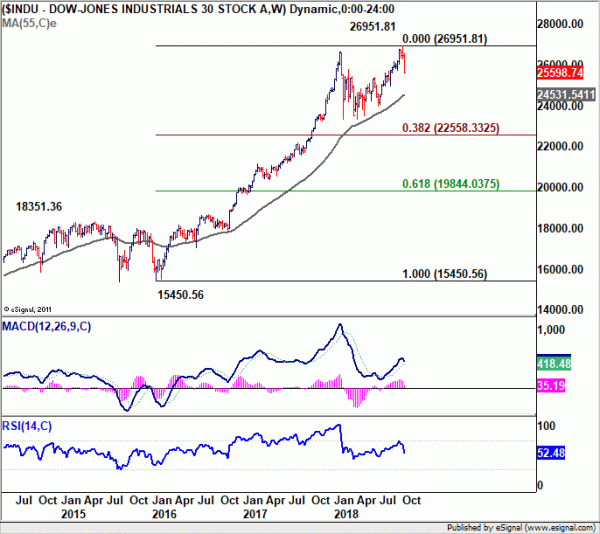
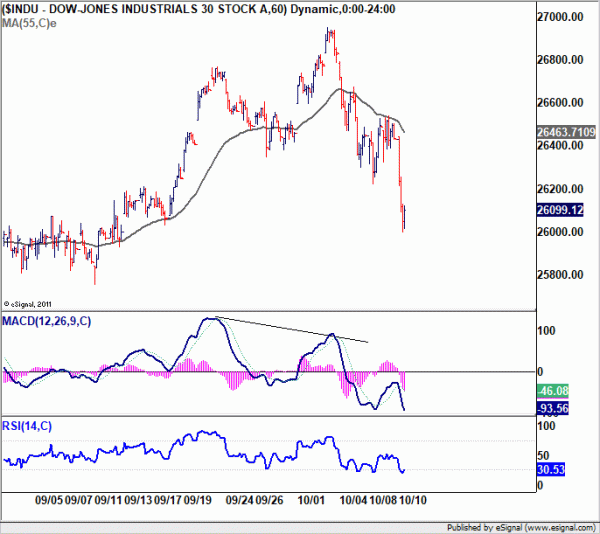
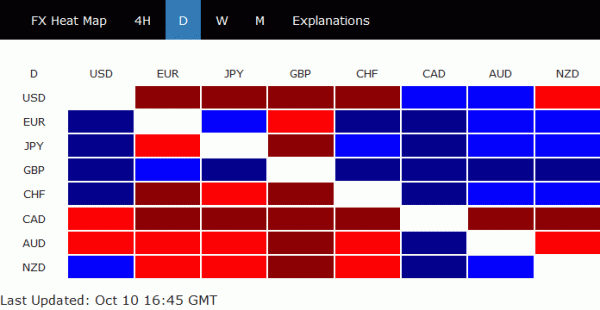
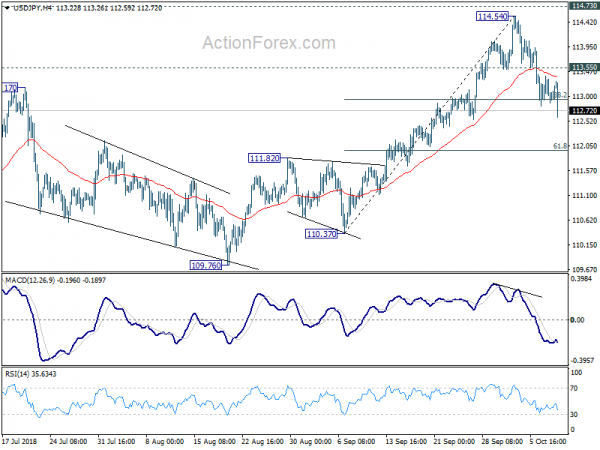
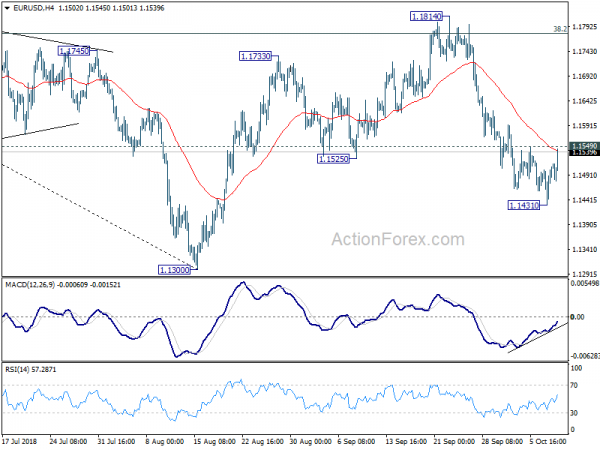
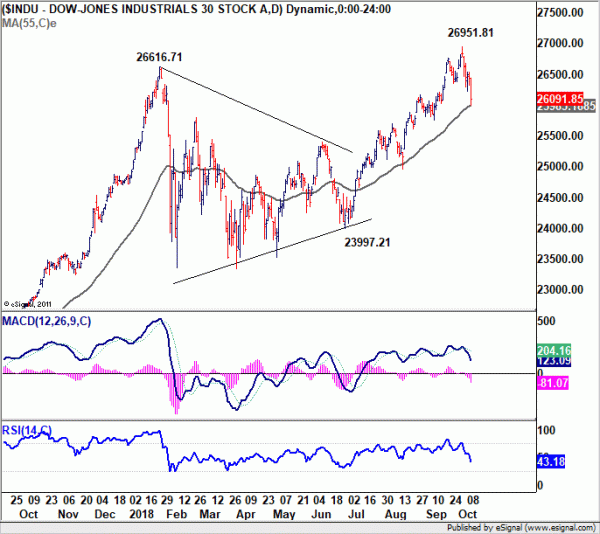
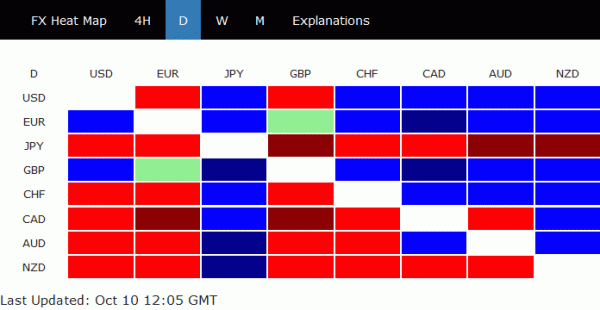
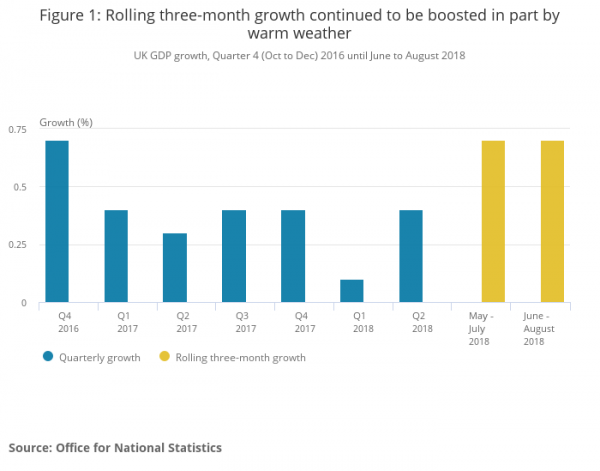
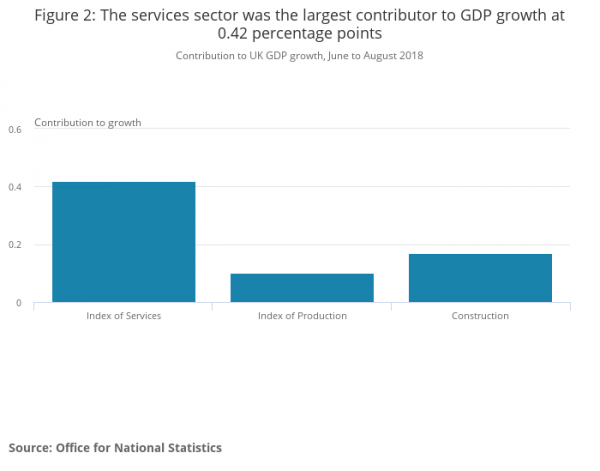

US Treasury not to name China a currency manipulator, just keep it in monitoring list
There are media reports came out yesterday saying that US Treasury is not going to name China a currency manipulator in the upcoming report to be released later in the month. Though China will remain on a monitoring list due to the huge trade surplus with the US.
That could put Treasury Secretary Steven Mnuchin under even bigger pressure from Trump and the trade hawks in his administration. Mnuchin is clearly the one who preferred to and tried to line up restart of negotiation with China. But he has been receiving cold shoulders from his colleagues.
And Trump seemed to have gotten impatient with Mnuchin. If should be reminded that Trump didn’t just complained Fed for rate hikes. In his words, he said earlier “The problem [causing the market drop] in my opinion is Treasury and the Fed. The Fed is going loco and there’s no reason for them to do it. I’m not happy about it.”
In a Bloomberg interview yesterday, Mnuchin declined to comment and only said “We are concerned about the depreciation” of the yuan, he said, “and want to make sure that it’s not being used as a competitive devaluation.”
USD/CNH (offshore Yuan) was rejected from 6.9586 high yesterday, mainly thanks to Dollar’s broad based selloff. It’s technically still bounded inside a near term rising channel. Thus, more upside (that is more downside in Yuan) could be seen. But the corrective structure of the choppy rise from 6.7776 warrants that 6.9586 won’t be broken even in case of another rise.